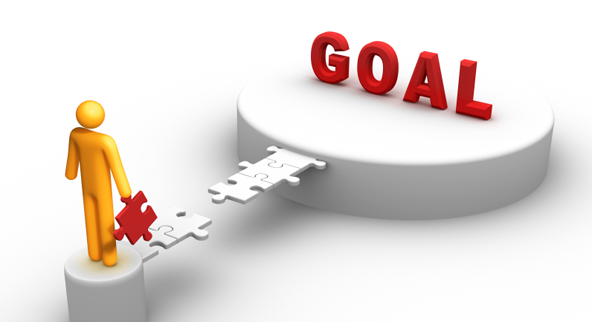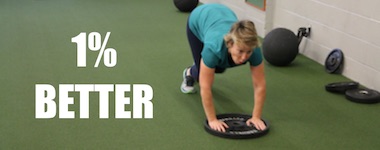 What if I told you that “positive thinking” isn’t all it’s cracked up to be?
What if I told you that “positive thinking” isn’t all it’s cracked up to be?
Well it turns out that once you think positively, your brain believes the goal is already achieved, and it saps your energy to accomplish that goal.
NYU and University of Hamburg professor, Gabriele Oettingen, is the author of Rethinking Positive Thinking. After 20 years of research, she has developed a totally different framework that actually helps people achieve their goals.
This framework is being taught in schools, where it improves effort, homework completion, attendance, and GPA. Outside of school, this framework reduces stress, increases engagement, improves time management, and promotes physical fitness.
Ah-ha! Now we’re talking. 🙂
So I wanted to share this with you today!
The framework is called WOOP, which stands for Wish – Outcome – Obstacle – Plan.
Wish
Start by stating something you’d like. It should be specific, something you can do within a time frame, and challenging but feasible.
Outcome
The outcome of this wish should be fulfilling and motivating. Reduce it to the most important thing you’ll get from it, and clearly visualize it.
Obstacle
This is an inner obstacle, not something outside, over which you may not have control. Again, reduce it to the most important aspect you can imagine.
Plan
State this as “when… then…” It must be an action you can see, not an internal decision. You must also possess any skills or resources you need to take action on the plan.
Example
W – I want to maintain my current weight through the holidays.
O – I will feel healthy and fit; I will also be proud of myself.
O – I will be tempted to eat too many unhealthy foods, and not spend time exercising.
P – When I want to eat second helpings, then I will clear my plate from the table. When my alarm comes on in the morning, then I will immediately put my feet on the floor (which will make it easier to get up and get going!).
The WOOP framework is specific, so if you’re going to use it, be sure to follow through exactly. The sequence, language, imagery, and state of mind created by the process are all critical to the success of the method.
It’s different from other goal-setting strategies because it uses something called “mental contrasting”. This is when you contrast your wishes with potential obstacles. Plus, the visualizing process helps you vividly experience the desired future, in contrast with the obstacles. That way, when an obstacle comes up, you’ve already anticipated it, and know how to manage it.
I’d love to have a chance to speak with you about your goals, and maybe even walk through the WOOP process with you. Shoot me a reply if you want to talk more!



